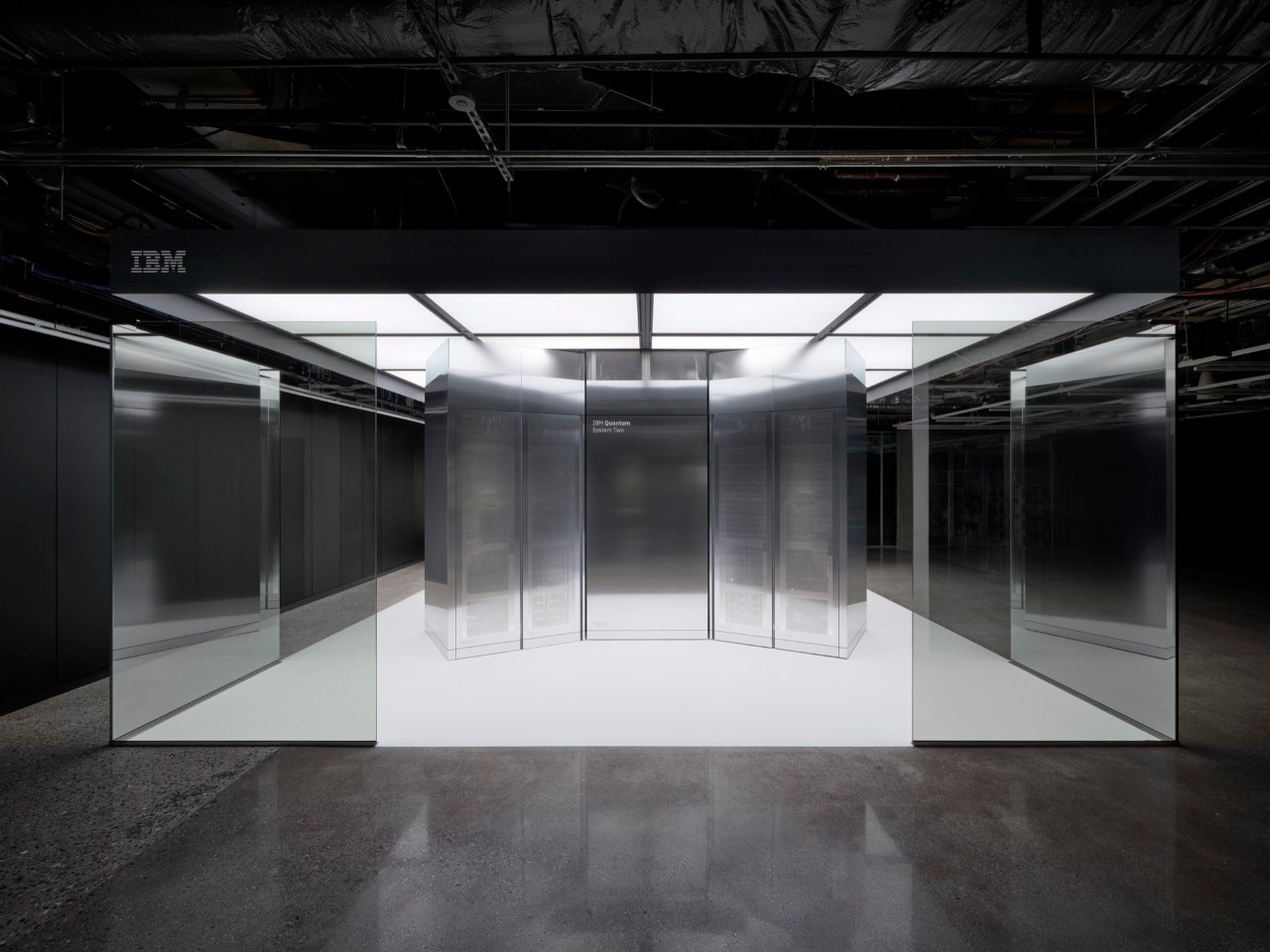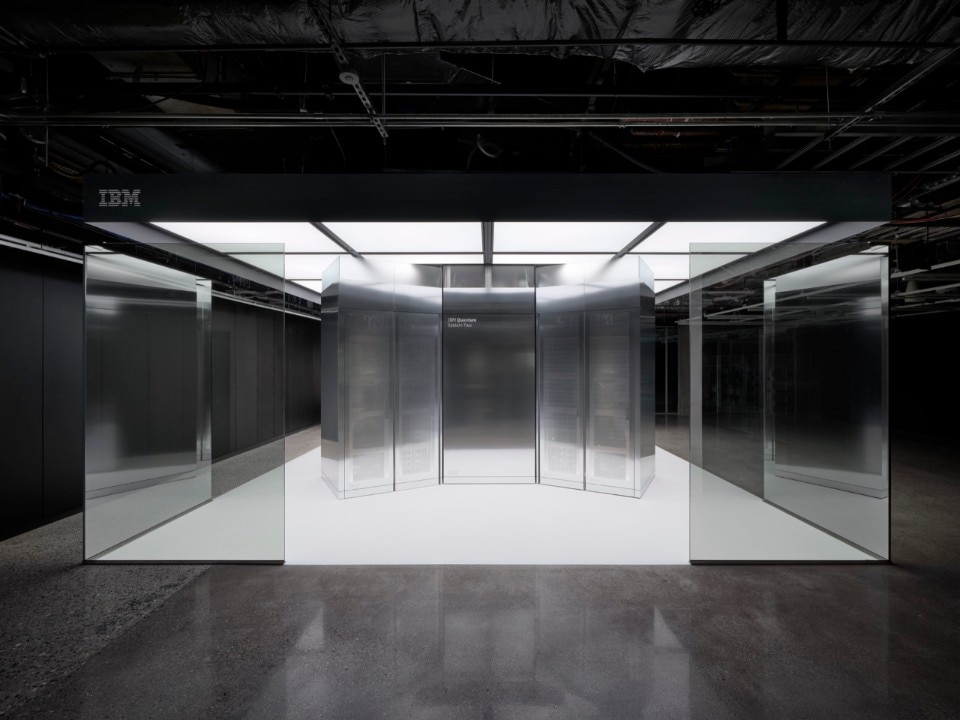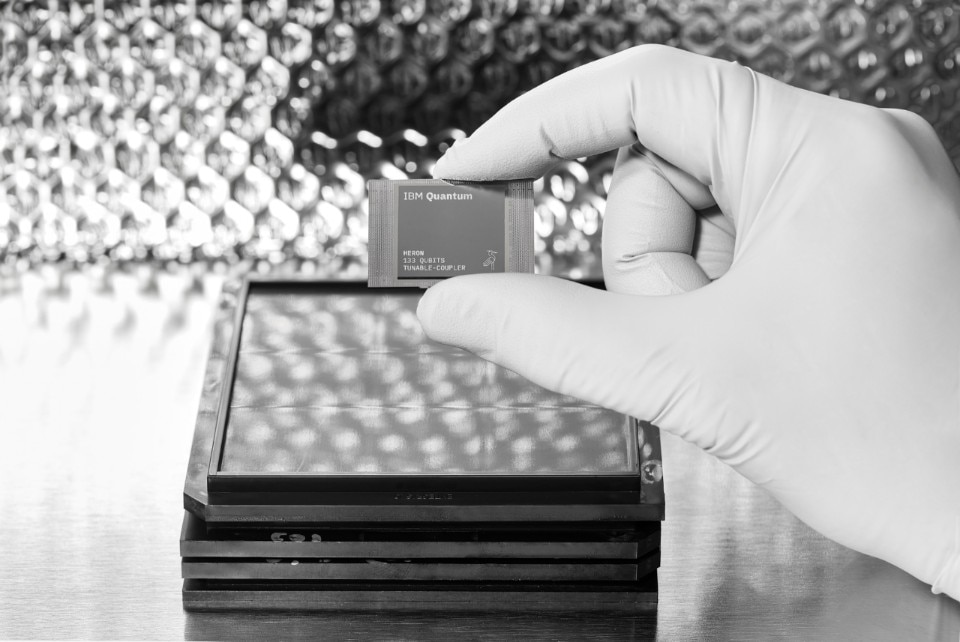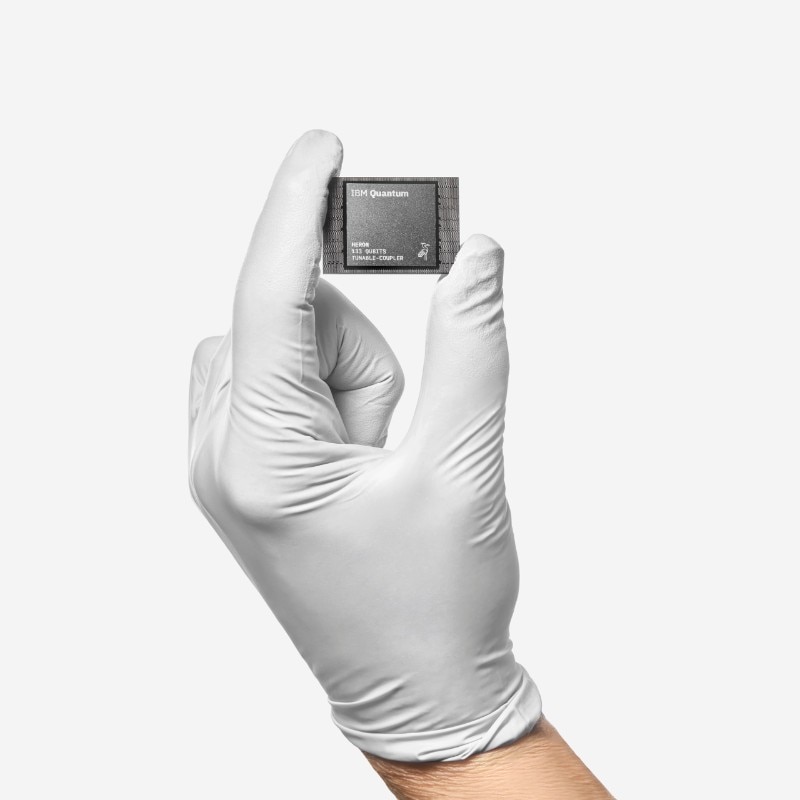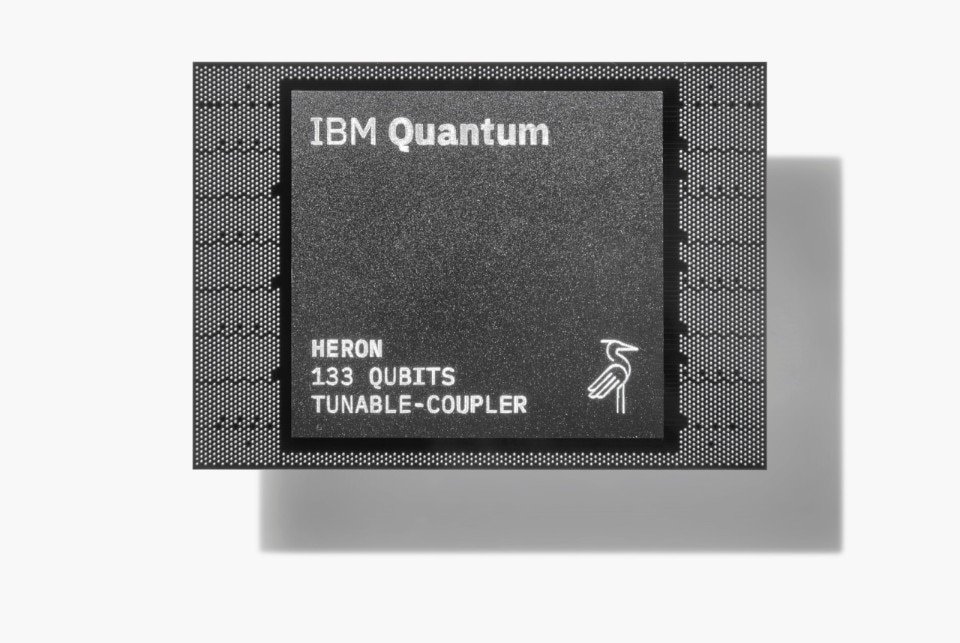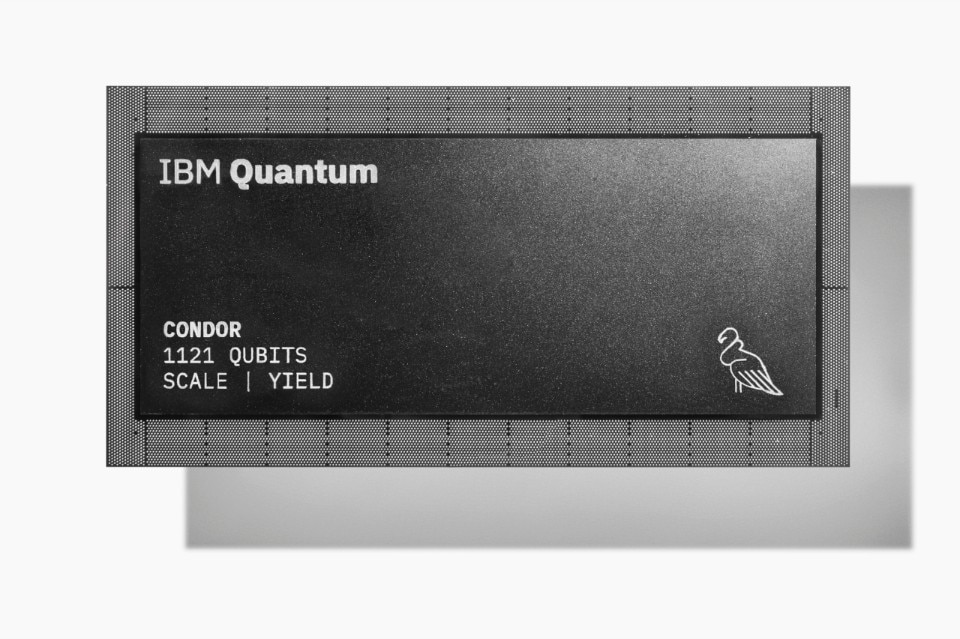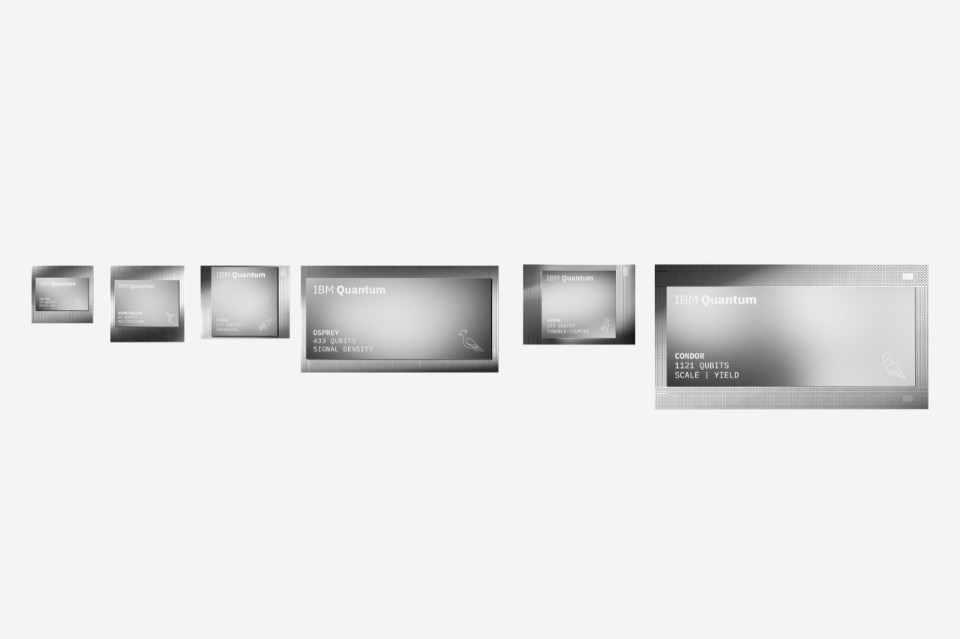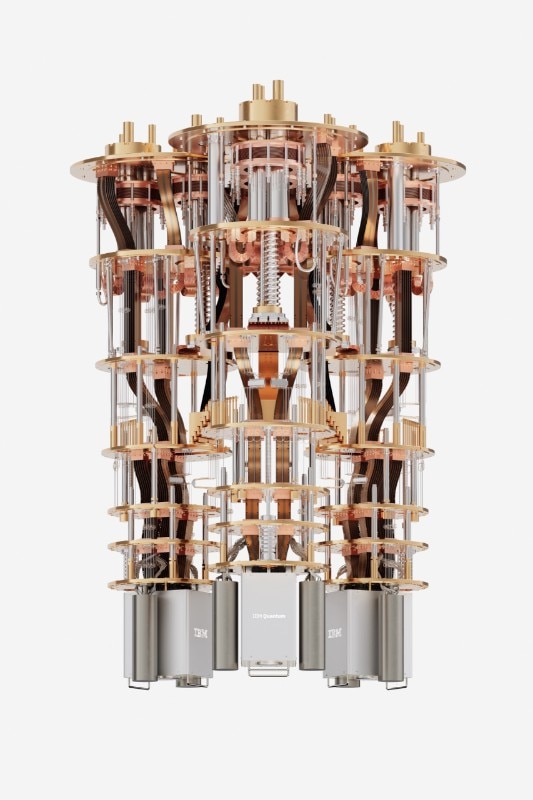At the Quantum Summit in New York, IBM debuted a new 133-Qubit quantum processor called Heron and unveiled the first model of its Quantum System Two supercomputer.
System Two integrates three of the new quantum processors, and it's physically located at IBM's research center in Yorktown Heights, NY, USA.
The computer is 6,71 meters wide and 3,66 meters high. It is cryogenically cooled (a needed step to reach the temperatures at which the qubits can work their quantum sorcery), and according to IBM, it's the first "modular, utility-scale quantum computer system." It's also extremely slick and has impressive sci-fi vibes, with a metal surface and a hexagonal base that make it look perfect for a final poignant scene of a high-budget dystopian sci-fi movie.
IBM believes the Heron processors and the Quantum System Two are ushering in the era of "quantum utility," meaning that we'll soon be finding ways to apply quantum computing technology to solving complex scientific problems currently unsolvable by classic supercomputers. Based on its new announcements, the company updated its Quantum roadmap, according to which we could expect to have functional quantum computers capable of a constant advantage over classical supercomputers by the early 2030s.
"We are firmly within the era in which quantum computers are being used as a tool to explore new frontiers of science," said Dario Gil, IBM SVP and Director of Research. "As we continue to advance how quantum systems can scale and deliver value through modular architectures, we will further increase the quality of a utility-scale quantum technology stack – and put it into the hands of our users and partners who will push the boundaries of more complex problems."
Quantum computers, unlike regular ones, are based on quantum bits or qubits. While classic bits can have only two states (1 and 0), a qubit can simultaneously be in a superposition of both states. This means it can represent a 0, a 1, or any quantum superposition of these states. Additionally, qubits exhibit quantum entanglement, a property allowing them to be interconnected so that the state of one qubit depends on the state of another, no matter the distance between them. This capability enables complex computations that are not possible with classical bits.


